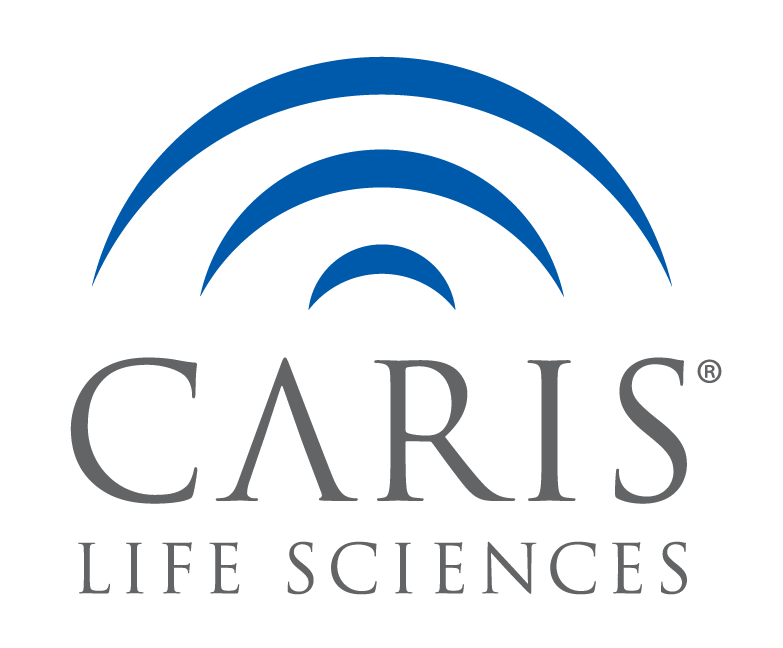Background: The use of immune checkpoint inhibitors (ICI) in MSI-H/MMRd CRC patients has profoundly changed the treatment landscape in the metastatic setting; the most recent NICHE-2 trial showed 100% response rate in MSI-H/MMRd locally advanced CRC patients treated with neoadjuvant ICI, further highlighting the importance of identifying these patients accurately to enhance patient care. Here we report the concordance of NGS-MSI and IHC-MMR from a very large cohort of CRC tumors and study the molecular characteristics and clinical outcomes of these patients. Methods: A total of 28,105 CRC tumors were analyzed by NGS (592 genes, NextSeq or WES, NovaSeq) and IHC. MMRd was defined as complete loss of ≥1 IHC stains (MLH1, MSH2, MSH6, or PMS2) and proficient (MMRp) as any positive staining for all four proteins. MSI status was determined from over 7,000 target microsatellite loci covered by NGS. Central pathology review (CPR) of MMR IHC was done on 73 cases with discordant MMR/MSI results. Real-world overall survival was obtained from insurance claims and calculated from either tissue collection or treatment start to last contact; Kaplan-Meier estimates were calculated for molecularly defined patients.

Publications
Analysis of concordance between microsatellite instability by next generation sequencing (NGS-MSI) and mismatch repair deficiency by immunohistochemistry (IHC-MMR) in >190,000 tumors
– Caris Life Sciences
Read the Full Manuscript
